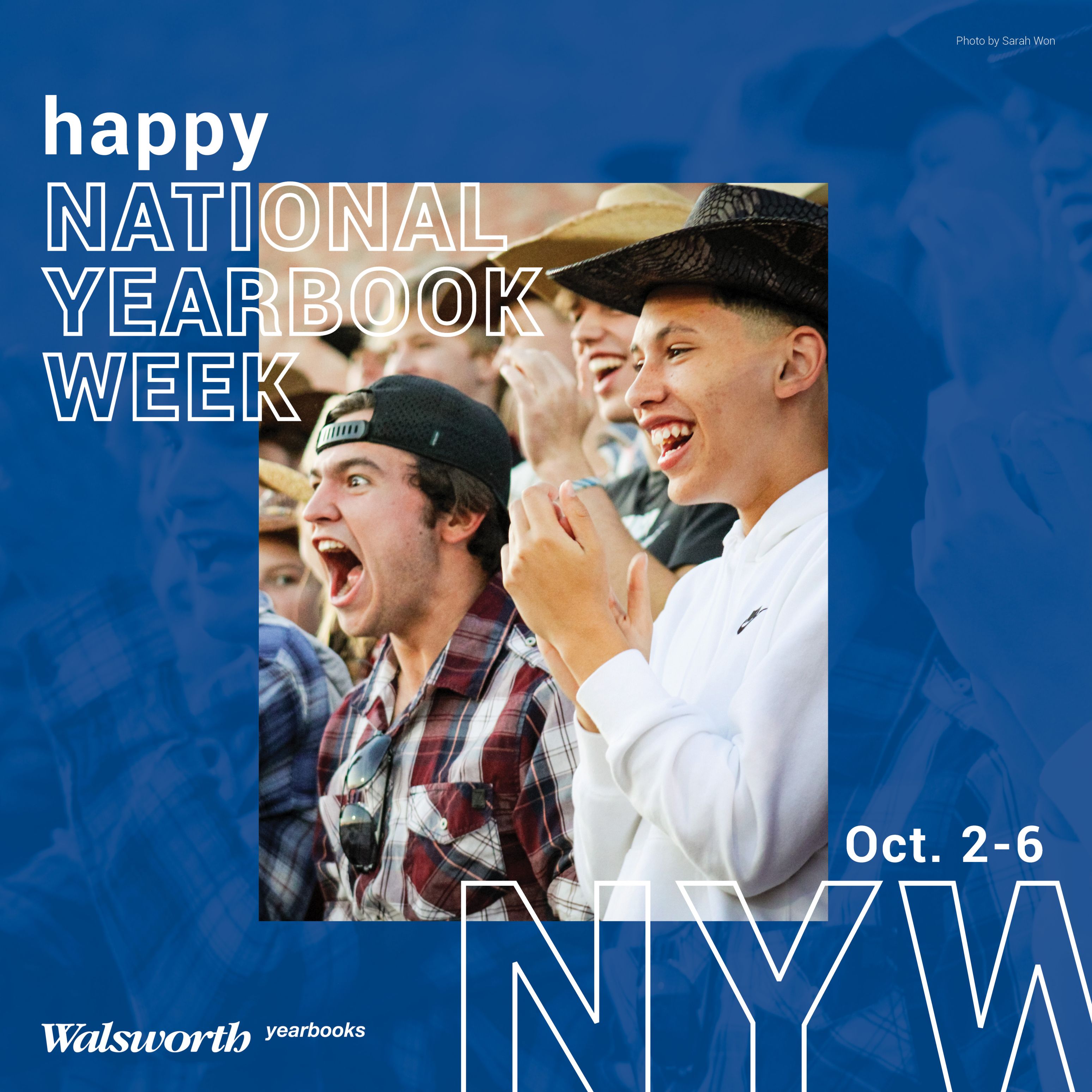Let’s face it – photography can make or break your yearbook. We all know that without photojournalism, yearbook storytelling would lose the spark that pulls your readers into each page. Photos capture the essence of the school year in a way that words alone cannot replicate. Yearbook photography helps us immortalize the moments and the memories that make each year …
Photographers who consistently capture good, storytelling images for the yearbook do so in part because, like great journalistic writers, they rely on the strategies of great reporting.
Getting caught up in sports action is fine for fans, but editors need to look beyond the contact sheet frames showing action on the field. When the game-winning play fails to score or a key player is out of a big game, it is the easily overlooked sideline image that often tells the story best.
A photo can tell several stories, depending on how it is cropped. Leaving this photo full-frame shows the three runners who are leading the pack of bunched-up runners farther back.
Much teaching time in photography – especially on the high school level – is spent on looking for the right moment to shoot. But examining the fl ip side of that concept – what not to shoot – may be just as helpful in pursing good images, so that photographers understand what does not work, what has been overused or what may put us on shaky ground legally or ethically.

